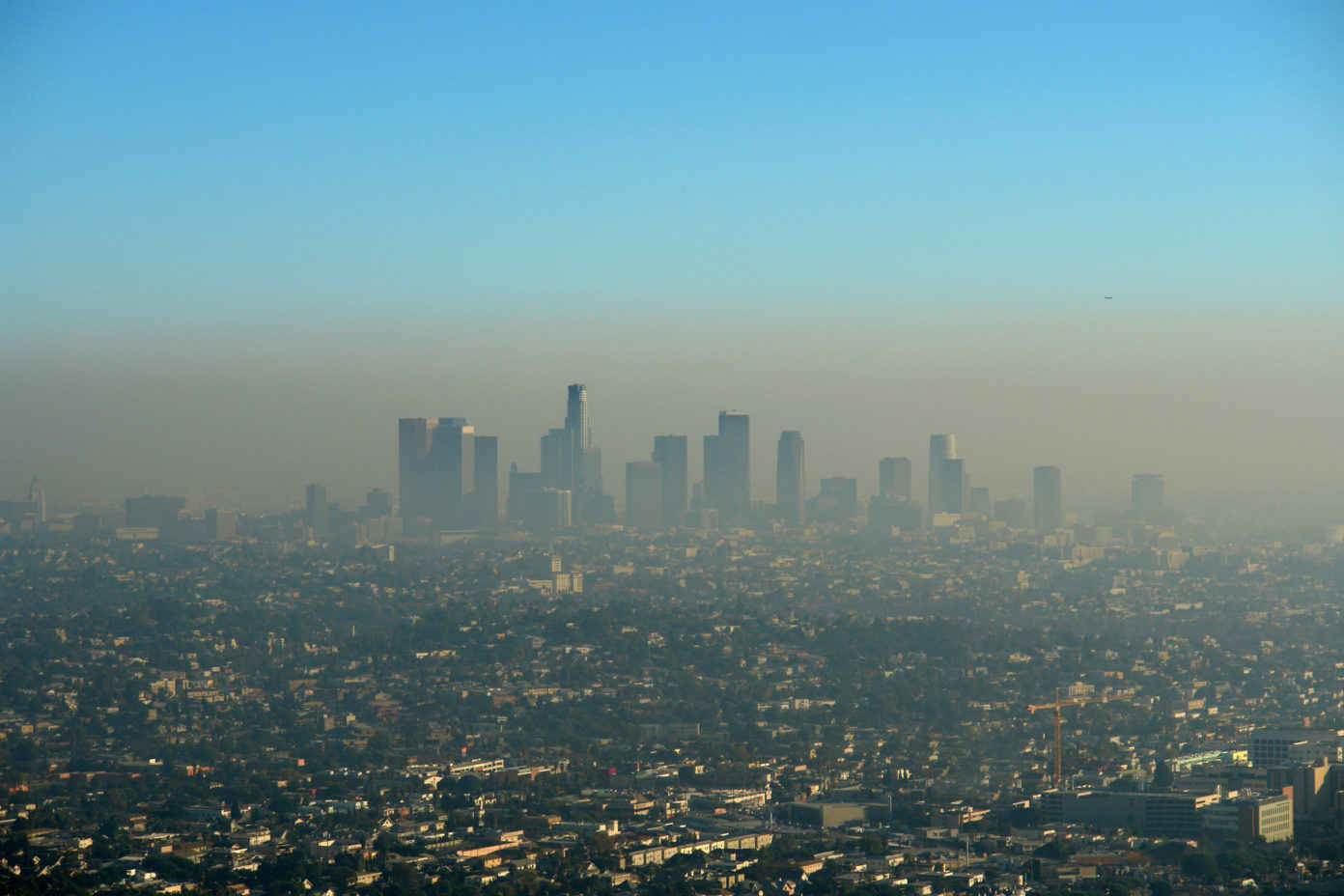Protect and Improve Air Quality to Prevent High Mortality Rates from Future Pandemics
April 21, 2020
Overview
Current evidence links exposure to higher levels of air pollution to an increased risk of death from novel and emerging zoonotic infectious diseases such as the 2003 SARS outbreak and our current COVID 19 pandemic. Attempts to reduce the disease burden and prevent transmission of COVID-19 are core public health interventions. Also consistent with public health principles are primary prevention measures that aim to reduce exposure to the types of air pollution that increase the risk of death from novel diseases that cause respiratory illnesses.

The emergence of infectious diseases transmitted from animals to humans necessitates an emphasis on upstream public health interventions that lessen vulnerabilities to those diseases and prevent exposure. As the earth’s climate warms and animals and humans relocate to more habitable locations, increased interactions with a variety of wildlife in new and different contexts place humans at risk of new viruses, making preventative measures that reduce underlying health vulnerabilities such as asthma, chronic lung disease, or heart conditions that lead to serious complications from novel zoonotic diseases such as COVID-19 even more important.
The same public health measures that increase walking, bicycling, and tree cover, reduce car miles driven, idling, and industrial air pollution, and increase reliance on renewable energy, can eliminate the sources of air pollution that increase the risk of mortality in future pandemics can also help mitigate another urgent public health threat—climate change. Air pollution from fine particulate matter emitted from the burning of fossil fuels and automobile exhaust accounts for approximately 100,000 deaths each year in the United States, and disproportionately impacts communities of color located in closer proximity to sources of air pollution.
However some new US policies – such as recent policies that roll back fuel efficiency standards – undercut preventative efforts to reduce air pollution that contributes to deadly respiratory illnesses, and hamper efforts to mitigate climate change. The new rules, finalized March 31, 2020 reduce fuel efficiency targets for 2026 for auto manufacturers by six miles per gallon. Recent research suggests that in the age of COVID-19 small increases in exposure to air pollution emitted from automobiles and other sources will be even more detrimental to human health—the relationship between air pollution from small particulate matter and COVID mortality is 20 times stronger than the relationship between this type of pollution and all-cause mortality.
It remains unclear how automobile manufacturers—some that disagree with the policy changes—will respond to these roll-backs, particularly in light of anticipated legal challenges and negative public sentiment. Regardless, this public health research should be heeded when considering future policy changes, such as the United States Environmental Protection Agency’s anticipated amendments to US air quality standards for particulate matter.
Now is the time for public health and health care to focus on preventing the spread of COVID-19 and treating those that have contracted the disease, particularly in highly impacted communities and environmental justice communities that are bound to need additional resources to treat more severe outcomes of COVID-19 due to greater exposure to air pollution. Moreover, US efforts to revive the economy in the wake of the COVID-19 pandemic must incorporate public health considerations and primary prevention policies that reduce air pollution that leads to increased death, and disincentivize the burning of fossil fuels. The Center for Climate, Health, and the Global Environment at the Harvard T.H. Chan School of Public Health (Harvard C-Change) has suggested that “When COVID-19 eases, and we are ready to restart our economy, we can make our workforce healthier and more climate-resilient through scaling-up our investments in low-carbon technologies.” A cohort of medical and public health professionals also urged Congress to utilize coronavirus response stimulus legislation to build resilience in the face of climate-related public health threats and “address the health and economic impacts of COVID-19 through investments that create and expand on state and local climate resilience efforts.”
The COVID-19 pandemic has shown that reductions in fossil fuel emissions can quickly clear the skies of harmful pollution. And with lower levels of air pollution, the incidence of pollution related hospitalizations will decline: as air pollution levels plummeted in China as a result of the nation’s COVID-19 shutdowns, air pollution related deaths also plummeted. By some estimates, over 50,000 air pollution related deaths were avoided as a result of the COVID-19 response in China.
Policies and legal strategies to successfully shift communities, particularly those most heavily impacted by fossil fuel related air pollution, toward cleaner energy sources abound, such as the Illinois Solar for All program, tax incentives for solar and wind, and revising building codes to strengthen energy efficiency requirements. The COVID-19 pandemic highlights the important public health and equity benefits that investment in these programs can have.
This post was developed by Betsy Lawton, senior staff attorney, Network for Public Health Law—Northern Region Office. The Network for Public Health Law provides information and technical assistance on issues related to public health. The legal information and assistance provided in this document do not constitute legal advice or legal representation. For legal advice, readers should consult a lawyer in their state.
Support for the Network is provided by the Robert Wood Johnson Foundation (RWJF). The views expressed in this post do not represent the views of (and should not be attributed to) RWJF.
